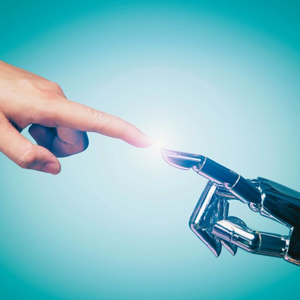
5 Ways to Benefit From AI as an Author
- Article
- Jan 13, 2023
- #Writing #ArtificialIntelligence
The fear-mongering happened to cashiers, receptionists and assembly line workers. One by one, technology has flooded these professions. Other types of workers haven’t always underst...
Show More
Mentions
See All
Jason Scott Montoya @JasonSMontoya
·
Jan 15, 2023
- Curated in Open Source AI Chat GPT